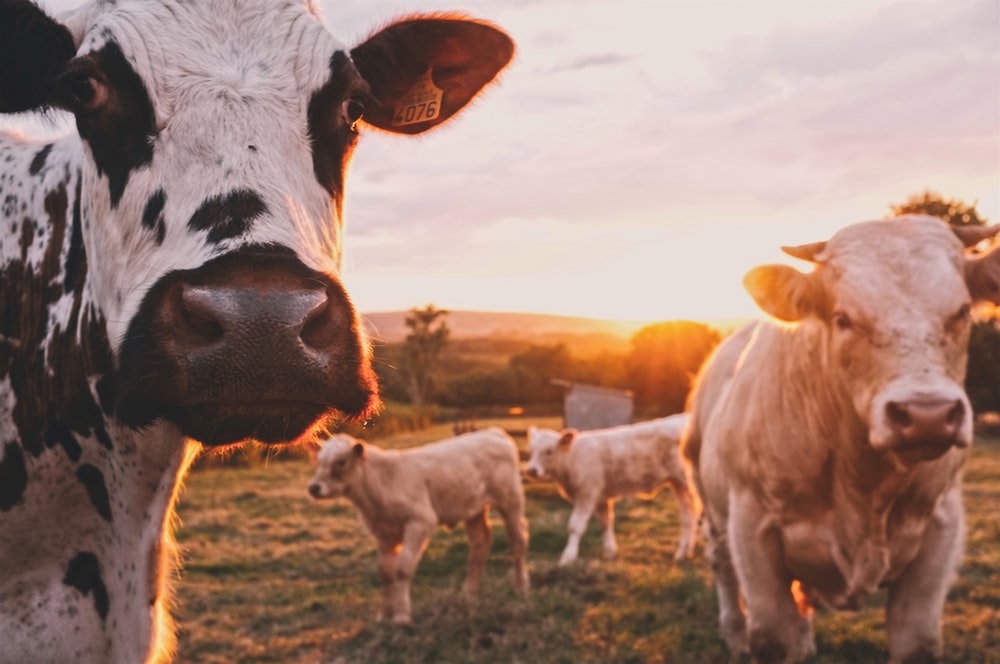
Despite only forming 1.8% of Britain’s workforce, agriculture accounts for 19% of in-work fatal injuries. From injuries with machinery and falls from height to lifting mishaps and hazardous substances, agriculture is filled with hazards for both workers and those passing through farmland. In addition to injuries and direct threats to life, the rate of illness is significantly higher in agriculture than other industries.
As such, it is of utmost importance that farmland, machinery and areas where cattle are being held is properly signposted. Below, we list the essential farm safety signs required to keep an agricultural business running well.
What Needs to Be Signposted?
Farms are full of hazards, but breaking down what needs to be signposted can make things a lot easier. Namely, an agricultural business must signpost:
- Areas of cattle. For example, “Beware of the Bull” for pastures that have a bull in them or “Sheep grazing” for sheep.
- Cattle grids, especially those near public footpaths.
- Areas with high volumes of chemical spraying. For example, pesticides or warehouses where cattle are cleaned.
- Areas with rural pursuits, such as shooting.
- Common pathways for tractors.
- Public footpaths and private property.
- Farm equipment. For example, crop dusters. Automatic machinery is an especially dangerous facet of farming, so these need separate signs.
- Miscellaneous hazards. For example, agrochemicals, dust hazards and barbed wire.
Overall, paying due diligence and signposting everything is essential to both keeping agricultural workers and members of the public safe, and to pass HSE scrutiny.
The Most Common Farm Safety Signs in the UK
The most common agriculture signs and symbols in the UK have to do with cattle, bulls, sheep and horses. Associated with this is the “Caution Cattle grid” sign which will be a common site for those living in rural areas.
Other common signs will be to do with farm management such as warning signs for electric fences, warnings for machinery, public footpath signs and signs signalling the beginning of private property.
What Does the HSE and Law Say?
The Health and Safety at Work Act 1974 (HSWA) and the Management of Health and Safety at Work Regulations 1999 places responsibility on all companies and individuals to ensure provision is made for health and safety at work.
This includes agricultural industries who must, as far as is reasonably practicable, care for the health, safety and long-term welfare of employees and those who can be affected.
The HSE expects farms to have their own safety policy specific to themselves, organise workers, and set standards. According to the HSE, internal safety policy should be:
- Bespoke to the farm
- State general aims for employee health
- Accept responsibility for the safety of those your farm affects
- Outline the responsibilities of specific members of staff
- Describe systems and procedures
- Ensure there are enough resources in place to achieve this plan.
To partner this internal policy, farms must carry out risk assessments. A risk assessment is made up of five distinct parts:
- Identify hazards. A hazard is anything that can cause harm, but you also need to consider the risk associated with this hazard.
- Consider who is most at risk and who may be harmed.
- Evaluate risk and put in place precautions. If you can, get rid of the hazard, but this isn’t always possible, you need to put precautions in place should someone be harmed by it.
- Put learnings into practice.
- Ensure controls stay consistent and review the risk assessment continually.
Interested in Farm Safety Signs?
If you are interested farm safety signs and agricultural essentials such as equine safety signs, then browse our range here at Label Source.